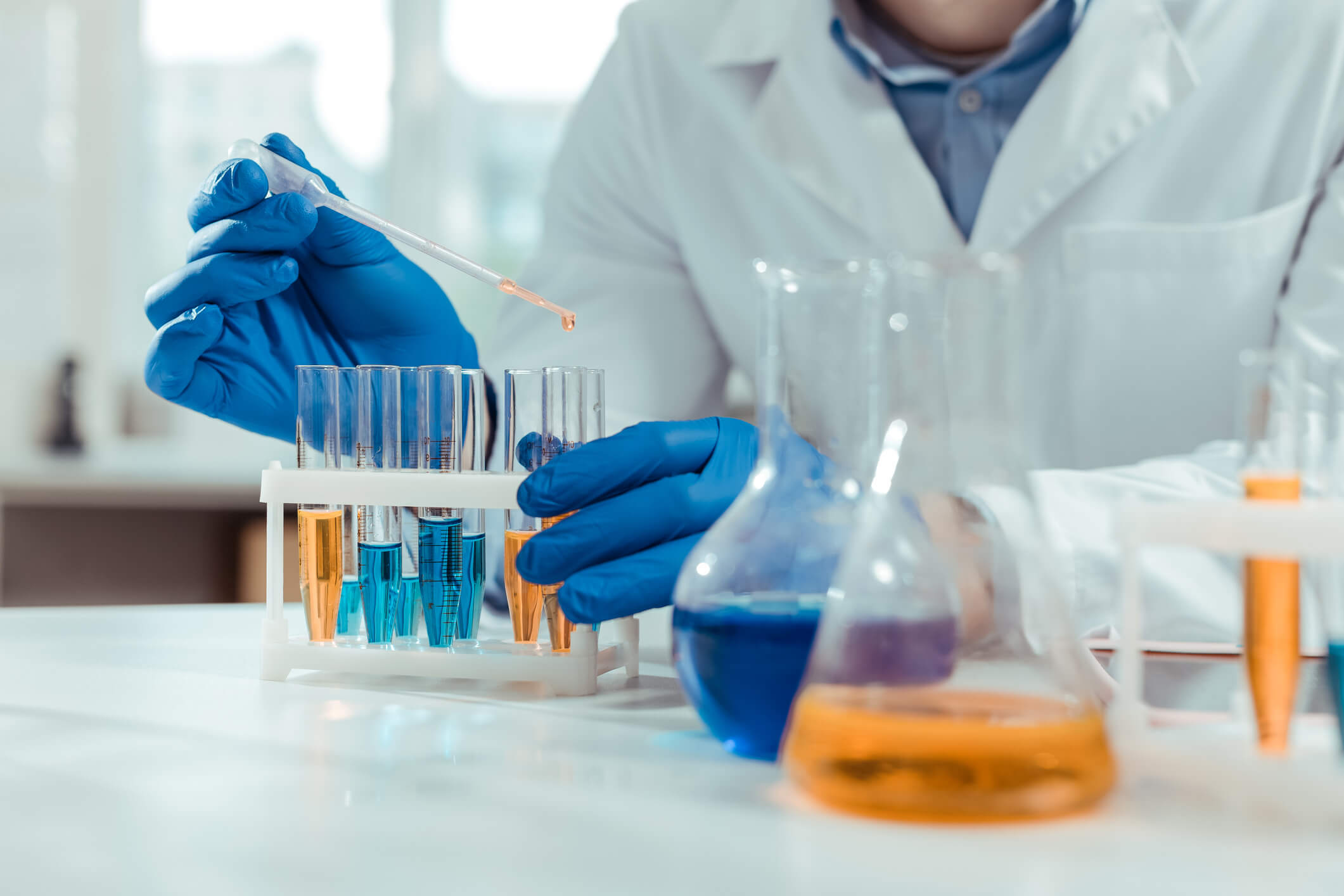Physical Organic Chemistry and Reaction Mechanisms
Overall Course Objectives
To provide the participants with an overview of the most common physical organic chemistry principles and methods used for elucidation of reaction mechanisms. To enable the participants to evaluate the likeliness of different reaction mechanisms based on provided data from these methods. To provide the participants with knowledge of the proper use and limitations of various physical organic chemistry experiments. To give the participants a brief introduction to homogeneous transition metal catalysis.
Learning Objectives
- Classify typical elementary steps in homogeneous transition metal catalysis.
- Draw and discuss reasonable energy profiles for reactions using reaction coordinates
- Explain the terms: turnover-limiting step, selectivity-determining step, and catalyst resting state
- Propose rate laws for stoichiometric and catalytic reactions.
- Explain and interpret kinetic isotope effects
- Explain and interpret results from Hammett studies
- Propose experiments that support the intermediacy of radicals
- Propose experiments to test the competency of intermediates
- Utilize stereochemical information to probe for different reaction mechanisms
- Explain the basic kinetic principles of resolution and asymmetric catalysis
- Evaluate the likeliness of a reaction mechanism when provided a collection of experimental data
- Propose additional experiments which could provide further support for a proposed reaction mechanism
Course Content
Introduction to homogeneous catalysis with transition metal complexes. Reaction coordinates, kinetics, linear free energy relationships, kinetic isotope effects, single-electron mechanisms, stereochemistry, resolution, and asymmetric catalysis.
Recommended prerequisites
26433, Organic Chemistry 3.
Alternatively, a BSc in chemistry with focus on organic chemistry.
Teaching Method
Lectures, problem solving, and oral presentations.





